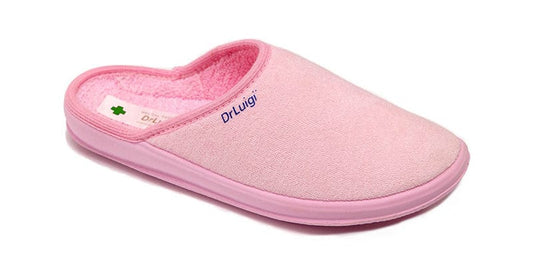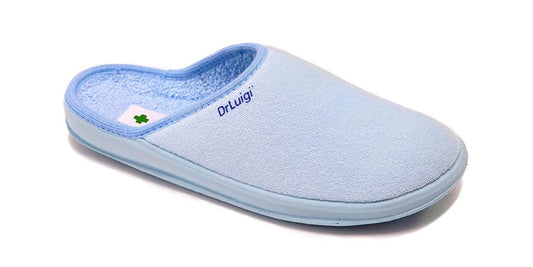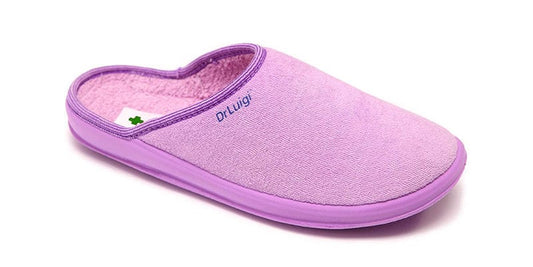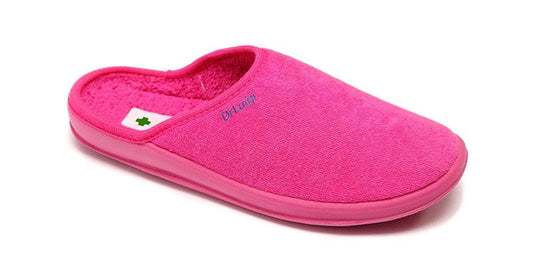Our feet are essential to our daily lives because they allow us to move about, experience new places, and participate in a range of activities. Our feet, on the other hand, are vulnerable to cuts and wounds at any time, particularly while walking barefoot or in open-toed shoes. While the majority of foot cuts and wounds heal on their own, others are more serious and require medical attention. Understanding the hazards and prevention of foot cuts and wounds is critical for maintaining good foot health.
The Dangers of Foot Cuts and Wounds
Foot cuts and wounds can develop for a variety of causes, including accidents, sharp objects, and skin diseases. Nonetheless, several circumstances can increase the chance of developing cuts and wounds on the foot, such as:
Diabetics are more likely to suffer foot wounds owing to nerve loss and poor circulation, which can lead to decreased feeling and delayed healing.
Peripheral artery disease is a disorder that causes blood arteries in the legs and feet to constrict, limiting blood flow and raising the risk of infection and poor recovery.
Footwear that are excessively tight or too loose can create blisters, calluses, and other foot issues that can lead to cuts and sores.
Walking barefoot exposes the feet to sharp objects, germs, and other risks that can result in cuts and sores.
Prevention of Foot Cuts and Wounds
Thankfully, there are various techniques to avoid foot cuts and wounds, including:
- Using proper footwear
Shoes that fit properly, give adequate support, and shield the feet from the surroundings can aid in the prevention of cuts and wounds.
- Inspecting the feet regularly
Inspecting the feet on a daily basis for cuts, blisters, and other injuries can help spot issues early and prevent them from worsening.
- Keeping the feet clean and dry
Regularly washing and drying the feet will help prevent infections and other foot diseases that can lead to cuts and sores.
- Using protective equipment
Using protective clothing such as boots or shin guards when participating in activities that may raise the risk of foot injuries, such as hiking or sports, can help avoid cuts and wounds.
Treatment of Cuts and Wounds on the Feet
While prevention is usually the best course of action, cuts and wounds on the foot can occur despite our best efforts. When this occurs, it is critical to respond quickly and appropriately to avoid problems and encourage recovery. These are some things to consider while treating foot cuts and wounds:
- Clean the wound
Cleaning the wound with moderate soap and water can aid in the removal of dirt, debris, and germs.
- Apply pressure
Applying mild pressure with a clean towel or bandage will help stop the bleeding.
- Apply an antiseptic
Using an antiseptic, such as hydrogen peroxide or alcohol, can help prevent infection.
- Cover the wound
Wrap the wound with a sterile bandage or gauze to protect it from additional harm and encourage healing.
- Keep an eye out for indications of illness.
Redness, swelling, discomfort, and fever can all be indicators of an infection, and should be treated as soon as possible.
When to Seek Medical Attention
While most foot cuts and wounds may be treated at home, some require medical treatment, such as:
Deep wounds
Deep cuts that are bleeding profusely or expose underlying tissue may need stitches or other medical procedures.
Infectious wounds
Wounds that are red, swollen, painful, or leaking pus may necessitate antibiotics or other medical care to keep the infection from spreading.
Foot injuries in persons with diabetes or peripheral artery disease
Patients with these disorders have a higher chance of developing foot issues, and even minor cuts and wounds can progress to significant infections and other consequences. As a result, it is critical to get medical assistance for any foot injury as soon as possible, especially if you have diabetes or peripheral artery disease.





